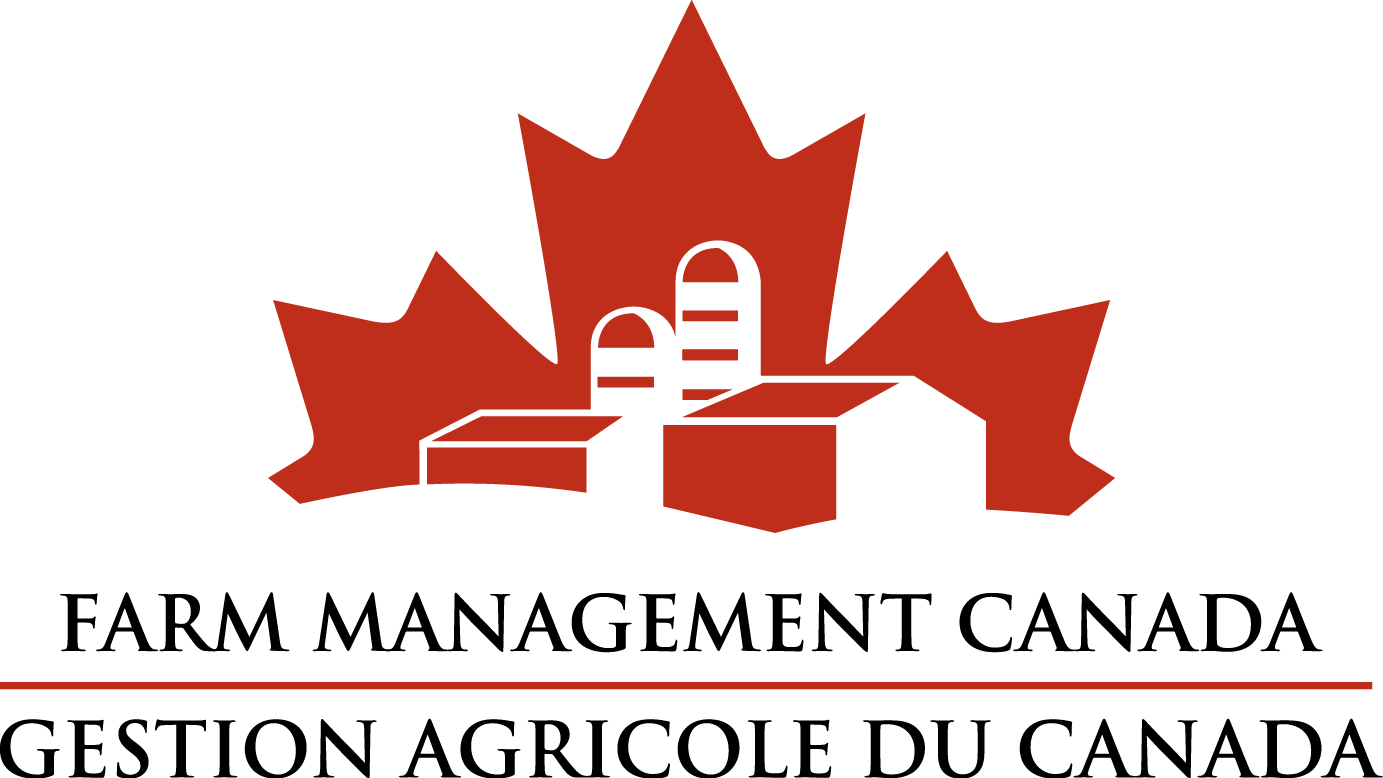 There’s no arguing with the fact that repercussions from last year’s drought impacted a number of ag sectors.
There’s no arguing with the fact that repercussions from last year’s drought impacted a number of ag sectors.
Besides extreme heat, the lower than average crop inventories that existed prior to the drought certainly intensified the latter’s effect on the United States agricultural economy. Drought conditions triggered higher feed prices, which led to increased marketing of cattle and hogs, and dampened prices. In turn, high feed costs and lower income pressured profit margins.
For the pork sector, restructuring throughout the supply chain led to more vertical co-ordination between producers and processors. By the end of the year, the sector experienced significant losses — especially among pork producers who were buying feed.
On the beef side, the temporary closure of the XL Foods plant and its subsequent sale to JBS also impacted the processing sector for beef producers.
With all this change, what does the future hold for Canada’s red meat sector?
Despite last year’s challenges, the outlook for the Canadian red meat sector remains positive. The beef cattle herd is now set to expand after six years of decline. Increased heifer retention suggests that the seeds of expansion have been sown.
Two consecutive dry summers in the southwestern U.S. have deteriorated pasture conditions and made it difficult for those in the American cattle sector to obtain feed. This has led to a reduction in the number of beef cattle — down three per cent in 2012, compared to 2011. This reduction will mean higher beef prices over the medium term, which stands to benefit Canadian producers who are currently expanding their herds.
The hog sector faced similar challenges. It’s somewhat surprising that December 2012 U.S. hog numbers noted in the latest United States Department of Agriculture report did not decline compared to the 2011 levels. This suggests that producers are confident that profitability will return to the sector. In the short term, futures markets suggest stable feed costs and stronger hog prices this spring, which implies a return to profitability levels of April 2012.
Given the uncertainty surrounding crop markets, it may be prudent to lock in positive margins. Any adverse weather conditions in the U.S., Australia or South America could push crop prices upward once again. It’s important to remember that grain stocks remain near historic lows, when compared to overall grain demand.
Canadian per capita consumption of pork and beef has declined over the past 10 years. Our slow-growing population makes strong demand from foreign markets a critical factor to sustain livestock prices, which remain relatively high, compared to the five-year average.
In the longer term, income growth in large (like China) and smaller (like Vietnam) emerging economies drives up demand for animal proteins. Population growth also contributes to increased demand — and the United Nations projects that 97 per cent of future world population growth will come from emerging markets.
Given the connections between income growth and world demand for red meats, it’s important to monitor global factors that can affect economic growth in emerging markets. While most of the gains in demand come from emerging markets, our beef and pork industries are reliant on the American market. About 85 per cent of all cattle and beef exports go south of the border. The hog sector is less reliant on the U.S., with only 38 per cent of its exports going south.
U.S. economic news is sending mixed signals. Legislation prevents the United States Treasury from issuing national debt beyond a certain level known as the debt ceiling. While the debt ceiling debate is now likely to be push back to May, difficult deficit measures will have to be discussed over the next few weeks, perhaps adding volatility to the markets.
But there are encouraging signs. The American housing market has clearly started to recover from the meltdown of 2008-09. Also, employment numbers continue to steadily advance. A brighter 2013 economic outlook for the U.S. is positive for Canadian industries.
The U.S. must also address guidelines of its country of origin labelling policy in order to conform to a World Trade Organization ruling against the policy. A full removal of COOL would be welcome news to Canadian livestock producers because COOL negatively impacts Canadian exports to the U.S. Export market diversification is important and trade negotiations with Europe could open up market access for both Canadian beef and pork.
Overall, the beef and pork sectors will face higher than normal feed costs in 2013. But strong foreign demand for meats, cross-border trade potentially free from COOL and a strengthening of the American economy are positive signs for livestock producers over the medium term. A competitive marketplace and volatility are likely to drive further efficiencies in the supply chain. The positive outlook should help resilient Canadian producers.
Read J.P. Gervais in FCC Express – Canada’s agriculture e-newsletter. Sign up and stay in the know with industry news, videos and podcasts at www.fcc.ca/express.
